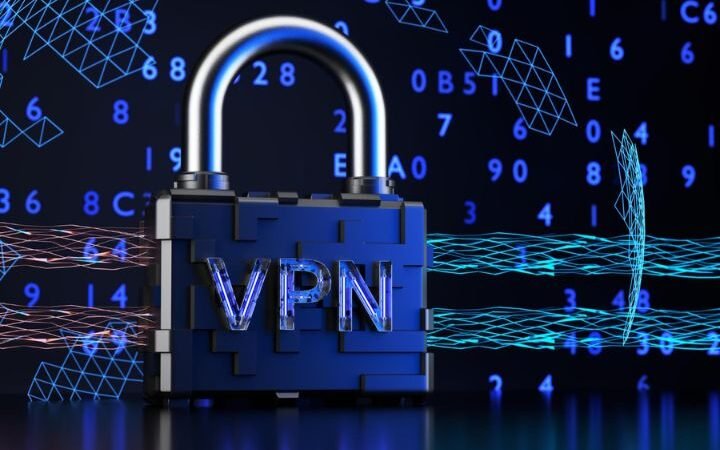How to Access and Configure Your Router Using 192.l.168.1.1?

One of the most common and widely used IP address is the 192.l.168.1.1 which is used as a default gateway for routers and home networks. Some of the users type it as 192 l 168,1 1 or 192 168 l 1 which may result to wrong login. This private Class C IP address has major advantages as an organization’s firewall since it does not allow data to be transferred through the internet connection from other sources.
Supposing that we are to manage networks in our home or even in the office, we need to access this IP through the routers admin panel. It also helps them to set security measures, reset passwords for WLAN and improve the efficiency of the connection.
Finding Your Router’s IP Address
To do so, we need to confirm that the correct router’s IP address is 192.l.168.1.1 before proceeding with the login process. There is a way to test this – in the list of network interfaces of our devices, it is possible to find the default gateway.
- Windows: Open the Command Prompt, type ipconfig, and press Enter. The Default Gateway section will display the router’s IP address.
- MacOS: Open the Terminal and enter IP route | grep default.
If it is displayed differently, then that should be the IP one employs to get to the router’s admin page.
Logging into 192.l.168.1.1
To log in to our router, we need to:
- To do this, click on the browser and in the address bar you should put the following IP address 192.l.168.1.1.
- Make certain that your device is connected to the router’s network either through WiFi or an Ethernet cable.
- If any error is found, then check the IP address or confirm whether the router has a different default gateway.
- One should see a login page that will require the user to input a username and a password. Their whereabouts are indicated on a label at the rear or below the router as shown below.
In case we mistakenly close the page with browser opened or if we have forgotten the login credential we can reset the router by using the RESET button for nearly 15 seconds. This erases all the settings on your router and thus we are able to use the default access code to get to the router.
Common IP Address Entry Mistakes
Many people make errors when entering the IP address, resulting in connection issues. Some common mistakes include:
- 192.168.l.l (letter “L” instead of the number “1”)
- 192.168.I.I (capital “I” instead of “1”)
- 192/168.1.1 (using a forward slash instead of a dot)
- http//192.168.I.1 (missing the colon after “HTTP”)
- http:192 l.168.1.1 (spaces instead of dots)
To be able to resolve the issue of login problems it is very important to ensure that when typing 192.168.l.l the characters used are numbers and properly arranged.
Router Username and Password
As for their passwords, the majority of routers have a default password, ‘admin,’ while the default username is also ‘admin,’ though it may differ in some cases. Some other common combinations include:
- admin/1234
- admin/password
- user/admin
If none of these prevail, then they should check the router’s label or the manufacturer website for the right details. As most passwords are in the case sensitive, we need to type them in the right way.
Resetting the Router for Forgotten Credentials
One can be unable to remember a router’s username or password; the only option left is to reset the router to its default settings. To do this, we need to:
- Locate the RESET button on the back of the router.
- Press and hold it for 15–30 seconds using a pin or paper clip.
- Wait for the router to restart and restore default settings.
After resetting, we must reconfigure all settings, including WiFi passwords, port forwarding, and security options.
Configuring the Router via 192.l.168.1.1
Once logged in, we gain access to the router’s admin panel, where we can:
- Change the login credentials for better security.
- Modify LAN, WAN, and WLAN settings to optimize network performance.
- Update security settings to prevent unauthorized access.
- Configure DNS settings for faster internet speeds.
- Rename the WiFi network (SSID) for easy identification.
One thing that can be done is to change the default router password soon after logging into it to avoid cases of easy cracking. To ensure its effectiveness in allowing only the right people to access the information enclosed, a password must comprise letters, numbers, and graphics.
Changing the WiFi Password
To update the WiFi password, we need to:
- Log in to the router’s admin panel at 192.l.168.1.1.
- Navigate to the Wireless or Wireless Security section.
- Locate the WPA/WPA2 Password field.
- Enter a new, strong password and save the changes.
This is a good practice to carry out regularly as it ensures that any individual with ill intentions cannot sneak into using our WiFi connection.
Troubleshooting 192.l.168.1.1 Login Issues
If we experience issues accessing the router’s admin page, we can try these troubleshooting steps:
- Restart the router by unplugging it for a few minutes and plugging it back in.
- Check the IP address to ensure it’s entered correctly.
- Update the web browser or try a different one, as outdated browsers can cause login issues.
- Temporarily disable antivirus software or firewalls if they block access to the admin page.
If none of these solutions work, resetting the router is the final option.
Changing the WiFi Network Name (SSID)
To rename our WiFi network, we should:
- Access the 192.l.168.1.1 admin panel.
- Locate the SSID settings under the Wireless section.
- Enter a new, unique network name.
- Save the changes and reconnect our devices using the new SSID.
For added security, we can create a guest network to allow visitors to connect without accessing our primary network. This reduces the risk of potential security breaches from compromised devices.
Final Thoughts
Using the router address 192.l.168.1.1, it is possible to work with the router settings to configure a network connection and improve its quality. The admin panel allows us to change passwords, modify security settings, and solve connection problems by logging in.
At times, there might be problems such as forgetting the login details or encountering an IP address related issue, but all these can be solved easily if followed the following procedures. In cases when it is necessary to reset our router, change DNS settings, or rename our wireless network, we can do everything using 192.l.168.1.1 administrator panel to manage the home or office network effectively.
Also Read: 127.0.0.1:49342 – Understanding Its Role in Networking & Troubleshooting Issues


